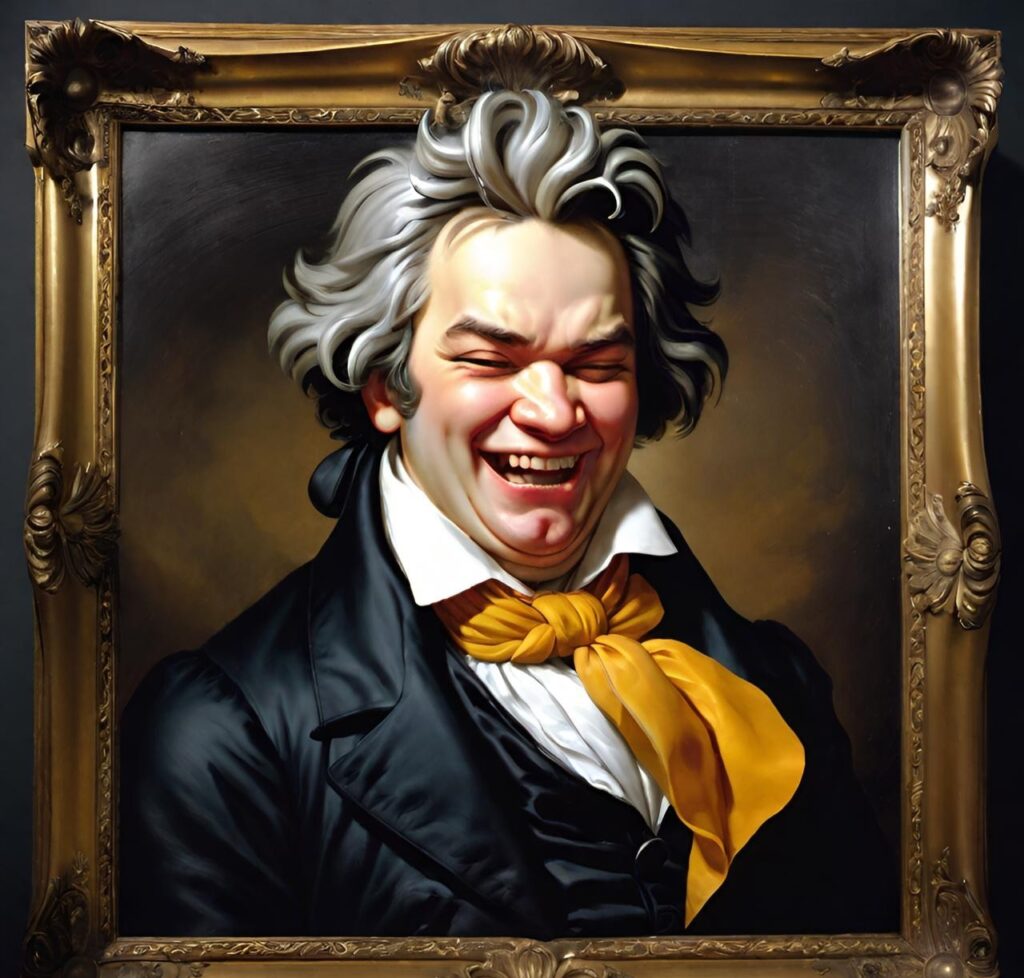The phrase “Muss es sein?” translates to “Must it be?” in English, and it harbors a profound significance within the realm of classical music, most notably linked to Ludwig van Beethoven, one of the most venerated composers in Western music history. This enigmatic question and its affirmative response, “Es muss sein!” (“It must be!”), resonate through the corridors of musical and philosophical inquiry, offering insights into the creative struggles and resolutions that artists, particularly Beethoven, have grappled with.
The Beethoven Connection
The expression “Muss es sein?” is intimately associated with Beethoven’s String Quartet No. 16 in F major, Op. 135, his final complete string quartet. This work, composed in 1826, a year before his death, encapsulates the culmination of Beethoven’s musical evolution and his enduring legacy. The phrase itself is inscribed in the final movement of the quartet, leading into a section marked by a joyful and affirmative motif that answers the initial question with “Es muss sein!”
This dialog between question and answer is not merely a whimsical addition but serves as a thematic cornerstone that reflects Beethoven’s personal and artistic struggles. The composer’s life was riddled with hardships, including his well-documented battle with deafness, which could have been the context for the existential query. However, it’s also suggested that the phrase was inspired by a specific incident involving a demand for a fee from his publisher, to which Beethoven humorously responded, highlighting his financial woes and the necessity of composing for livelihood.
Beyond Beethoven: A Philosophical Inquiry
The “Muss es sein?” motif transcends its literal application in Beethoven’s quartet, evolving into a broader philosophical inquiry about fate, necessity, and freedom. It prompts reflection on the inevitable versus the chosen, the battles we fight against the odds, and the acceptance of certain truths as essential to our existence. In the context of music, it speaks to the creative process itself—the struggle between the chaos of inspiration and the order of composition, between the freedom of expression and the constraints of form.
Influence and Interpretation
The legacy of “Muss es sein?” extends beyond Beethoven and classical music, permeating the works of other composers and artists influenced by Beethoven’s philosophical musings. It has been explored in various artistic mediums, including literature and philosophy, serving as a metaphor for the existential dilemmas faced by humanity.Musicians and scholars alike have pondered over the deeper meanings of this question and its affirmative answer, leading to a myriad of interpretations. Some view it as a testament to Beethoven’s resilience in the face of adversity, while others see it as a universal query about the essence of existence and the inevitability of certain life experiences.
Conclusion
“Muss es sein?” and its counterpart, “Es muss sein!”, encapsulate a profound dialogue between doubt and certainty, despair and hope, encapsulated within a brief musical motif. This interplay reflects not only Beethoven’s personal struggles and philosophical inquiries but also touches on universal themes that continue to resonate with audiences today. Through these four words, Beethoven invites us into a contemplative space where music and philosophy intertwine, urging us to ponder the necessity and inevitability in our own lives and in the art we create.





